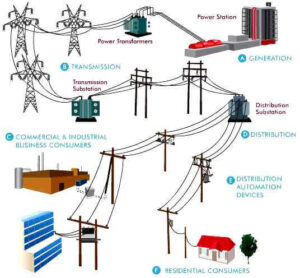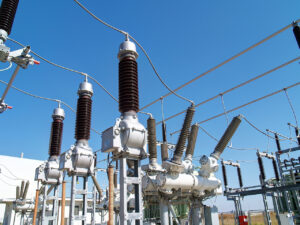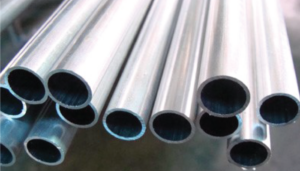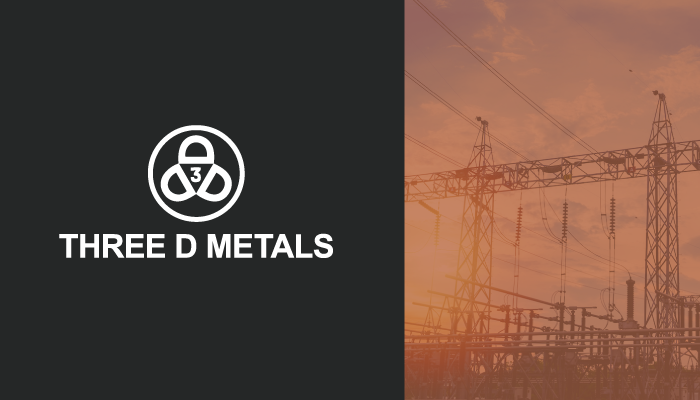Aluminum bus pipe, one of Three D Metals’ top products, is integral in the process of distributing the electrical power that you use every day. But how does it work, and what does aluminum actually do?
We recently spoke with Donna Wise, product manager of aluminum bus pipe and electrical shapes, about the basics of electrical distribution and the role that aluminum plays in this process.
Electrical Transmission Vs. Distribution
To understand the process of electrical distribution, start by imagining a power plant.

“Whether it’s via water or nuclear or coal or whatever, the power plant generates power,” said Wise, “but we still need some means to get the power that’s generated out of that plant and then move it to the people that need electricity.”
Moving the electricity to the customer requires a two-step process. The first step is “transmission” – when electrical current travels through the power lines held up by transmission towers, typically over a long distance.
The second step is “distribution,” which is when the electricity is run through a substation and then delivered to the customers via residential or industrial utility lines.
Check out Three D’s free aluminum buying guide >>
What a Substation Does
In between the two steps, the voltage of the electricity needs to be adjusted based on the customer. This is where the substation comes in.

“The substation is the middle guy – they take the power and do something with it to get it to whoever needs it,” said Wise. “You can’t take that full load of electricity that comes out of the power plant across those transmission wires and send that out to customers. So the substation takes a high level of voltage, breaks it down, and then distributes it out to users.”
Wise added that substations are built to accommodate a specific geographical area, such as a residential area or an industrial park. How big the substation is and what is contained in the substation depend on what the electricity is used for.
The Role of Aluminum Bus Pipe
It takes a metal with high conductivity to move electricity through the different parts of a substation. Since aluminum is highly conductive, lightweight, and strong, aluminum bus pipe is the ideal choice.
highly conductive, lightweight, and strong, aluminum bus pipe is the ideal choice.
“The bus pipe basically acts as a conduit, so it’s carrying that electricity throughout the substation,” said Wise.
Three D Metals’ 6063 alloy is the gold standard for the majority of aluminum bus pipe applications in the utilities industry.
Need Aluminum? Partner With Three D Metals
As a top supplier of aluminum in the U.S., Three D Metals can get you the aluminum you need to get the job done. We also provide top-notch customer service (they don’t call us the friendliest folks in the metals industry for nothing 😉). Contact us today to get a quote!


